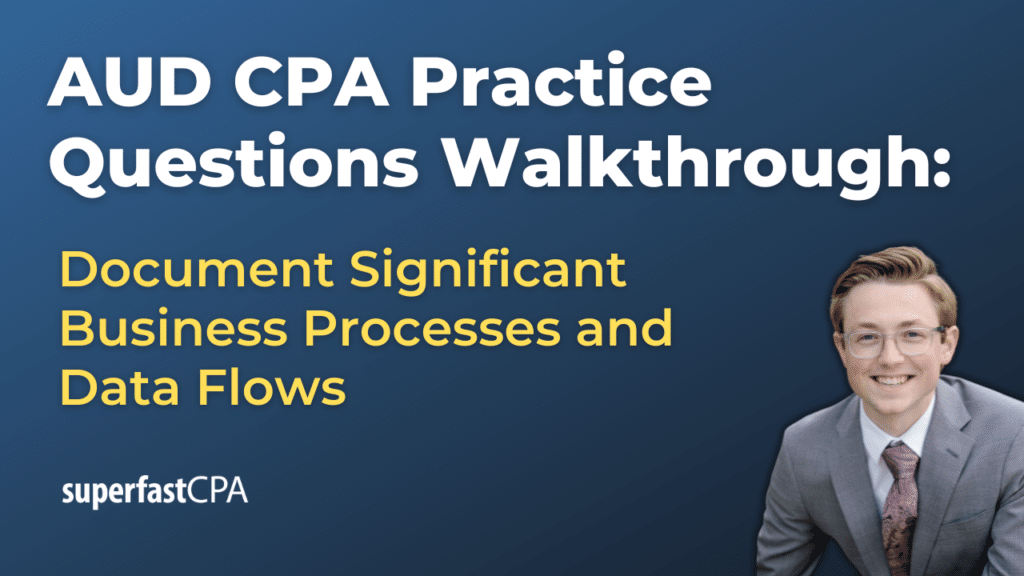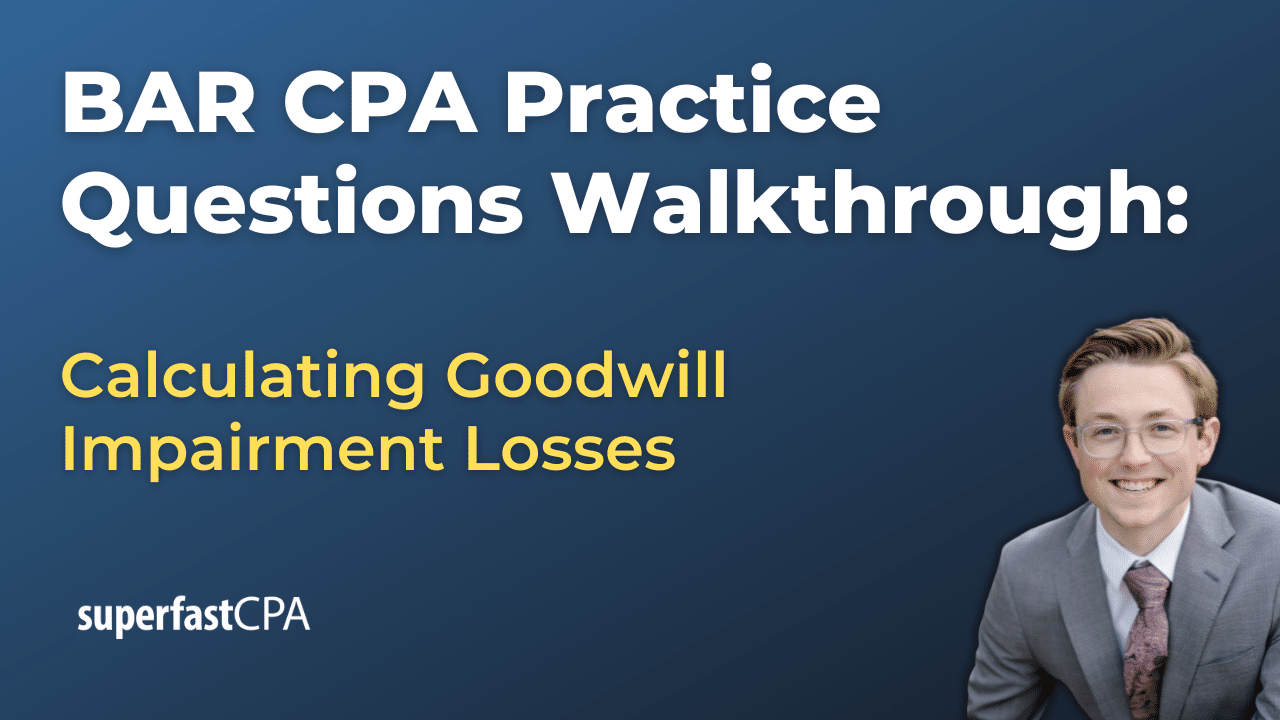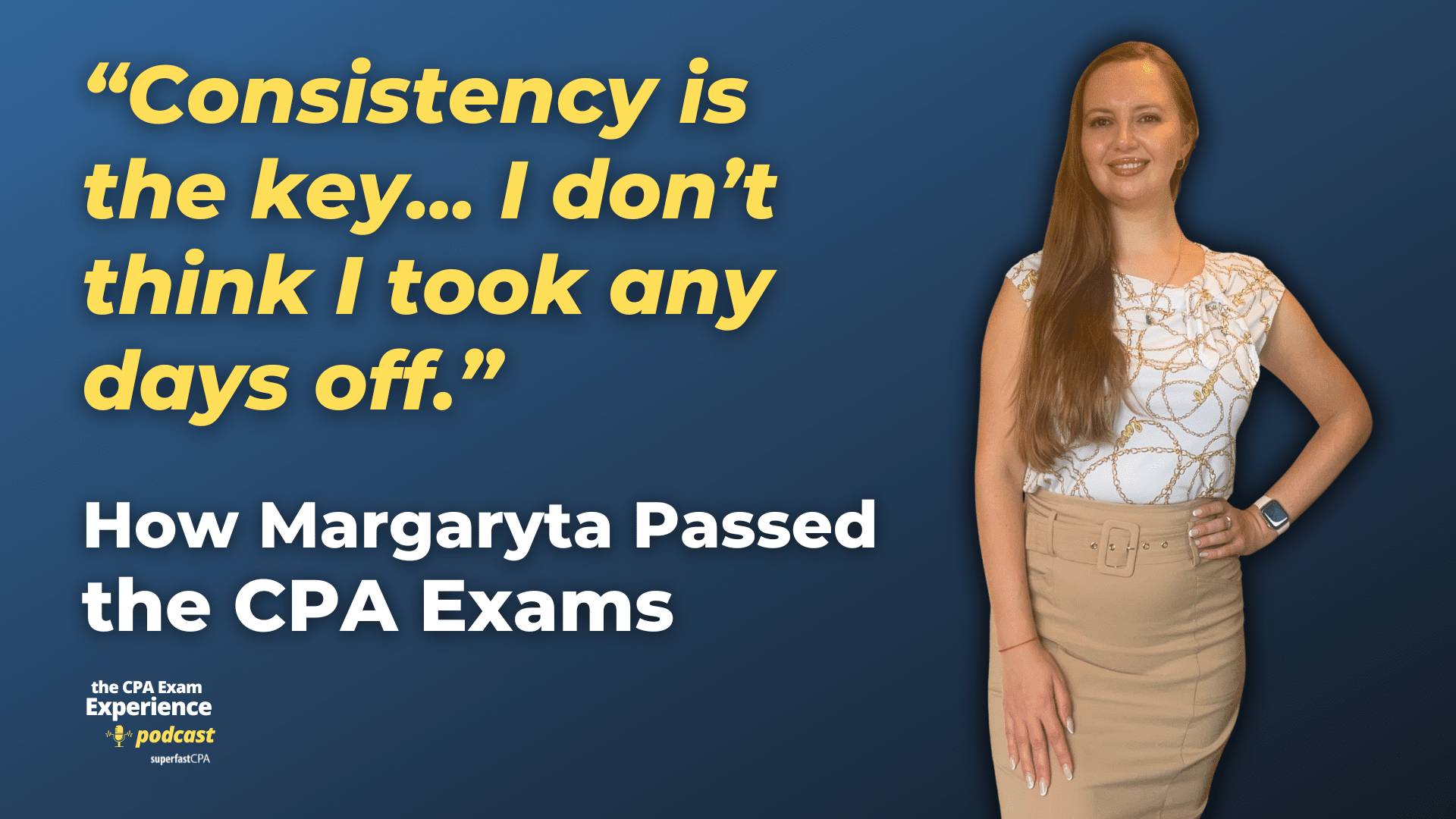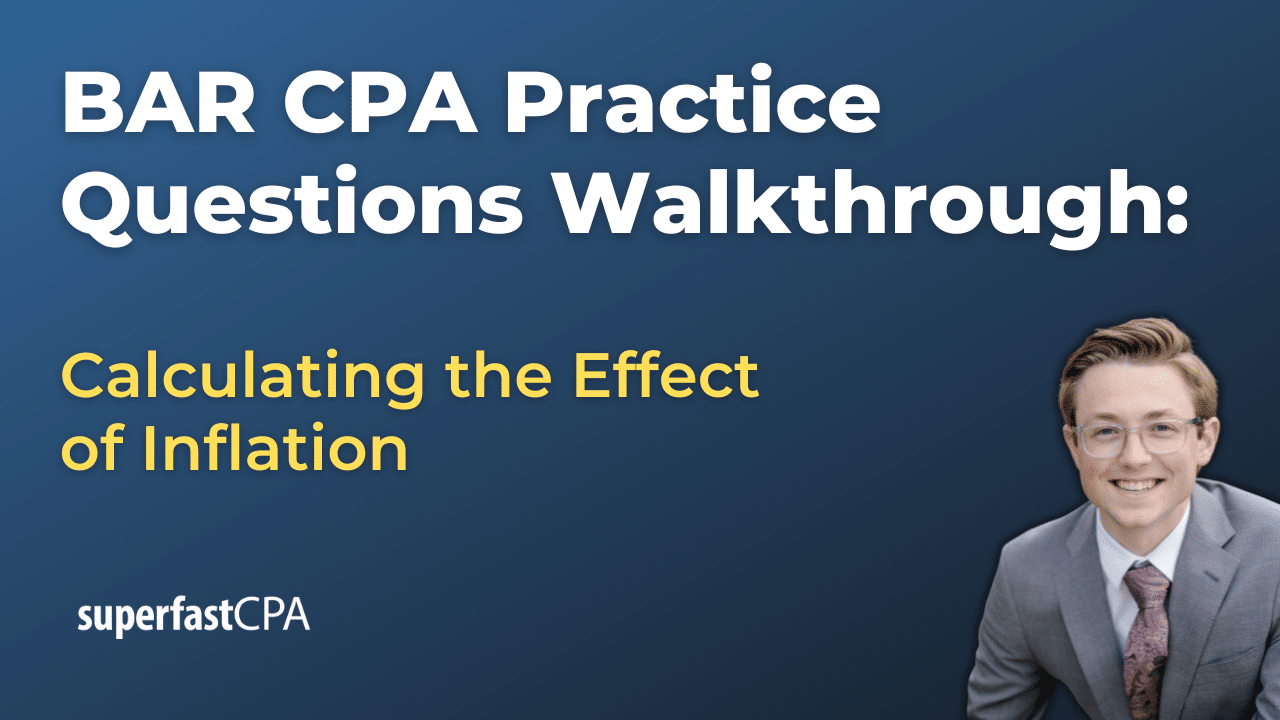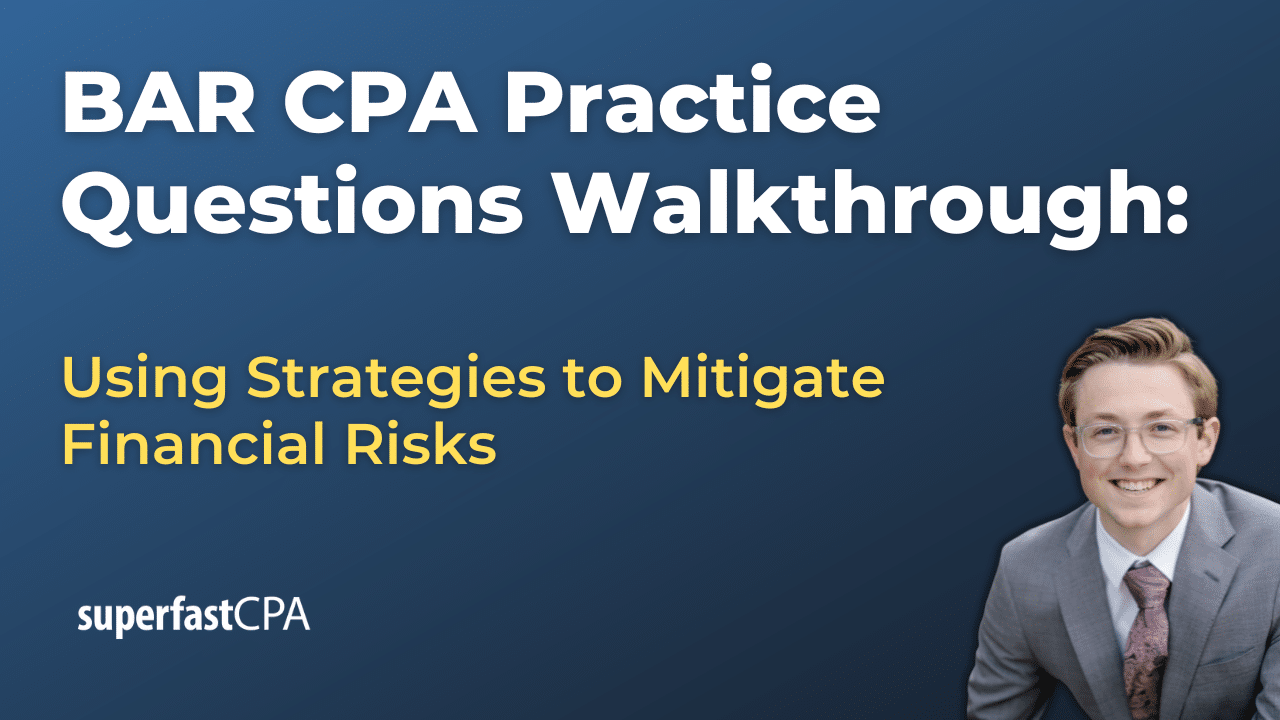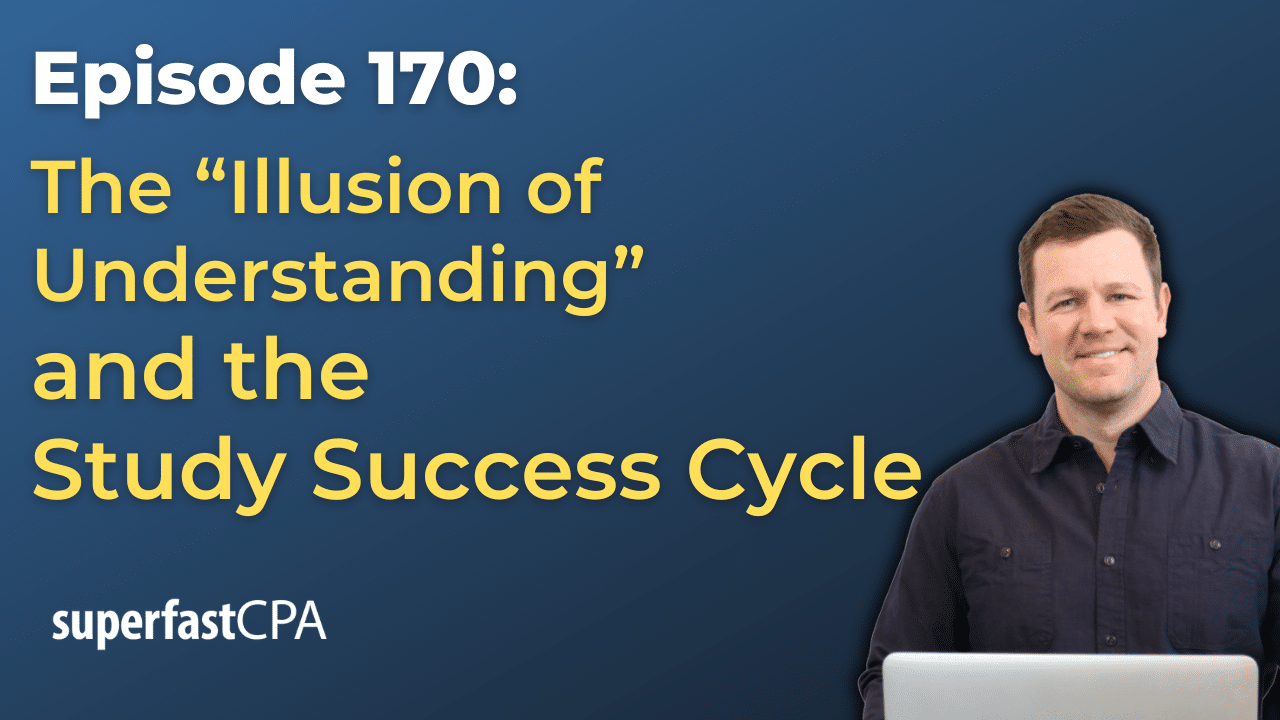In this video, we walk through 5 AUD practice questions teaching how to document significant business processes and data flows. These questions are from AUD content area 2 on the AICPA CPA exam blueprints: Assessing Risk and Developing a Planned Response.
The best way to use each video is to pause each time we get to a new question in the video, and then make your own attempt at the question before watching us go through it.
Also be sure to watch one of our free webinars on the 6 “key ingredients” to an extremely effective & efficient CPA study process here…
Document Significant Business Processes and Data Flows
Every organization relies on business processes to record transactions, safeguard assets, and present reliable financial statements. These processes—such as purchasing, sales, payroll, or inventory management—can have a direct or indirect impact on reported balances. If a process is poorly designed or not followed, financial reports could be materially misstated, leading to inaccurate or misleading information for stakeholders.
Determining Which Processes Are “Significant”
Not every organizational routine deserves equal attention. Significant business processes are those that:
- Affect key accounts or disclosures in the financial statements (e.g., sales, inventory, payroll).
- Have a high volume of transactions, increasing the risk of misstatement.
- Are prone to error or fraud, based on complexity or opportunity.
For instance, inventory purchasing and sales is typically a crucial cycle because it directly influences revenue, cost of goods sold, and inventory valuations—areas that can significantly impact a company’s bottom line.
Linking Processes to Financial Statement Assertions
Financial statement assertions—like completeness, existence, accuracy, and valuation—guide auditors in assessing risks within these processes. A few examples:
- Completeness: Are all purchases recorded in the right period?
- Existence/Occurrence: Do the sales transactions truly happen, or are they fictitious?
- Accuracy/Valuation: Are recorded amounts (e.g., inventory or payroll) precise and valued correctly?
- Rights and Obligations: Does the entity truly own the recorded assets, and are liabilities properly recognized?
By mapping each process to its relevant assertion(s), auditors can zero in on the controls that matter most for preventing or detecting misstatements.
Documentation Methods for Processes and Data Flows
Process Narratives
A narrative is a short, written description that explains each step of a transaction flow—who initiates, how it’s authorized, which system records it, and who reviews or reconciles the final numbers.
Flowcharts
Flowcharts illustrate a process visually, showing the journey of data and approvals from start to finish. They help identify:
- Key decision points
- Locations where errors might occur
- Where controls should be in place
Together, narratives and flowcharts give a clear picture of how transactions move through the system.
Focusing on Real-World Execution vs. Policy
A written policy might claim, “All expenses require a manager’s approval,” but if employees routinely bypass this step in practice, the actual control environment is much weaker. Auditors must document and test the substance (real-life operation) rather than relying solely on form (official policies).
- Why It Matters: If a key control (like managerial approval) is not enforced, fraud or unauthorized transactions can slip through without detection.
Testing and Evaluating Controls
Once an auditor has identified significant processes and documented them, the next step is to test whether key controls (e.g., reconciliations, approvals, segregation of duties) operate effectively:
- Walkthroughs: Tracing a single transaction end-to-end.
- Inspection of Evidence: Checking that documents (invoices, approvals, system logs) match the described process.
- Re-performance: Auditor independently executes the control to see if results match what management claims.
If gaps or failures appear, the auditor can alter their approach, often performing more substantive testing in higher-risk areas.
Putting It All Together
- Identify high-impact processes (purchasing, sales, payroll, etc.).
- Link each process to the appropriate financial statement assertions.
- Document how transactions flow in practice, using narratives and flowcharts.
- Test real-world control execution to confirm it matches management’s design.
By thoroughly understanding how significant transactions are processed, auditors can reliably assess whether the financial statements are fairly presented. Likewise, organizations benefit from improved process design, clearer accountability, and reduced risk of errors or fraud.
Final Takeaway
In short, “Identify and document the significant business processes and data flows” means looking at what truly impacts the numbers in the financial statements, mapping out how those transactions are processed, verifying that controls work as intended, and ensuring that the resulting balances are both accurate and complete.

